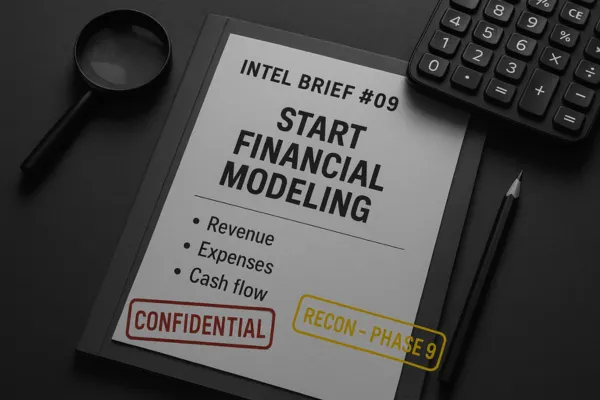
Financial Modeling: Build a Realistic Franchise Budget (Step 9 of 18)
How to Build a Reliable Financial Model for a Franchise
If you’re serious about buying a franchise, your decision should be based on more than excitement and brand recognition. It needs to be grounded in numbers you’ve tested, stressed, and validated. A solid financial model is your map for the next several years of your business.
Your goal is to create three statements that work together:
Income Statement (P&L) – Shows projected revenue, costs, and net profit over time. This tells you if the business can pay you, service debt, and grow.
Cash Flow Statement – Reveals how money moves in and out each month, so you can see if you’ll run out of cash before breaking even—even if you look profitable on paper.
Balance Sheet – Tracks assets, liabilities, and equity, showing the overall health of your business at any point in time.
When these three are connected, you’ll have the clearest possible picture of whether the franchise is viable for you.
What a Franchise Financial Model Is (and Isn’t)
It’s assumption-based—meaning you’re plugging in estimated numbers. Those estimates need to be tested for best case, worst case, and realistic case scenarios.
It must include a salary for yourself and, if growth is your plan, a salary for a manager.
It should factor in debt—both how much you can handle and what the repayment schedule looks like.
Where to Get Your Numbers in the FDD
Item 5 – Initial fees you’ll pay to the franchisor.
Item 6 – Ongoing fees. Put every one of them into your P&L. Watch for liquidated damages clauses—fees you’d owe if you close early—and ask if they can be negotiated down.
Item 7 – Startup costs, usually only covering the first three months. Divide ongoing costs by three and add them to your pro forma. Keep in mind these numbers can be outdated, especially in inflationary times.
Item 19 – Historical financial performance. This could be a simple average (less helpful) or detailed P&Ls (gold). Either way, validate by talking to actual franchisees.
Item 20 – Franchisor’s financials, which tell you about system health and whether they have the resources to support you.
Validation Is Non-Negotiable
No matter how detailed the FDD looks, it’s incomplete. You need to call franchisees and ask:
What’s missing from Item 7?
How quickly did they reach profitability?
What are their margins?
What’s driving top performers vs. bottom performers?
Also, do your own market research: local rent, labor rates, insurance, gas, utilities. These can vary wildly by territory so you have to know costs local to your territory. If the FDD shows a wide range of results, understand why. Is it territory quality? Owner skill? Both?
Want to Learn How to Build These Models?
The most effective course I’ve taken for financial modeling teaches you step-by-step, using an “Advanced Operating Model” that’s logical, easy to follow, and perfect for franchise buyers. The instructor uses dummy data so you’ll use your franchise data instead.
You can click here to access that course.
